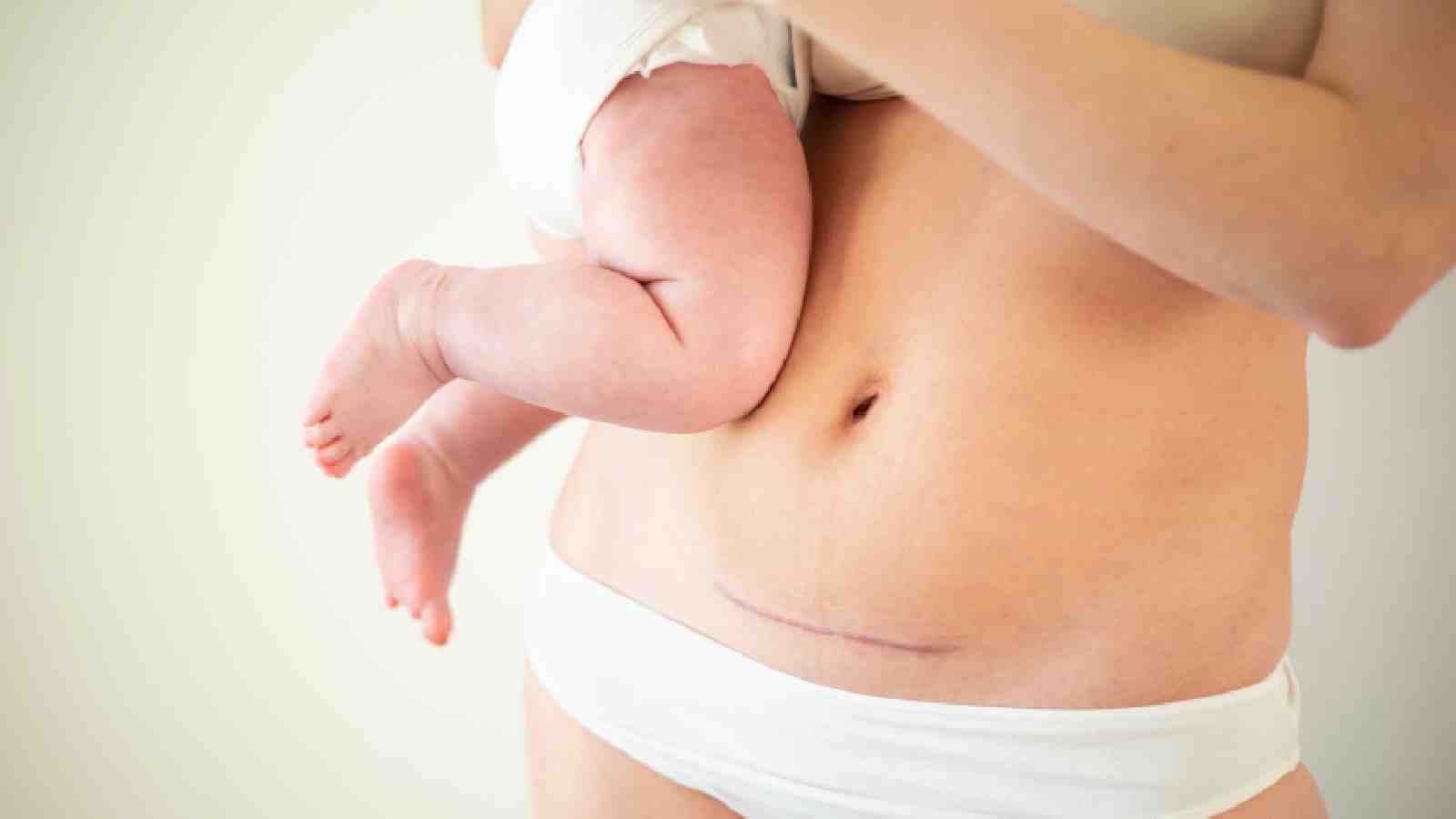[ad_1]
A planned Caesarean delivery, commonly known as a C-section, is a surgical procedure in which a baby is delivered through an incision made in the mother’s abdomen and uterus. This type of delivery is typically planned in advance due to various medical or obstetric reasons, and it’s important for expectant mothers to understand what to expect during this process.
Pre-operative preparations: Here’s how to prepare yourself!
Before a planned Caesarean delivery, there are several pre-operative preparations that will be made to ensure the safety and comfort of both the mother and the baby. These may include:
1. Medical evaluation: The expectant mother will undergo a comprehensive medical evaluation to assess her overall health and identify any potential risk factors or complications that may affect the planned cesarean delivery.
2. Discussion of anaesthesia options: The expectant mother will have a discussion with the healthcare team about the anaesthesia options available for the cesarean delivery, which may include general anaesthesia or regional anaesthesia such as spinal or epidural anaesthesia. The pros and cons of each option will be explained, and the mother’s preferences and medical condition will be taken into consideration.
3. Fasting: The mother will be instructed to fast for a certain period of time before the scheduled cesarean delivery to ensure that her stomach is empty during the procedure, which reduces the risk of complications associated with anesthesia.
4. IV fluids: The mother may receive IV fluids to ensure that she is well-hydrated and to help maintain her blood pressure during the surgery.
Also read: C-section complications: Know the side effects of cesarean delivery for mother and baby
5. Blood Tests: Blood tests may be performed to assess the mother’s blood type and haemoglobin levels, and to prepare for potential blood transfusions during the cesarean delivery.
6. Preparation for surgery: The mother will be instructed to change into a hospital gown and will have her abdomen cleansed and prepared for surgery, including the placement of a urinary catheter to empty the bladder.
During the procedure: Anaesthetic and other preparations
Once the pre-operative preparations are complete, the planned cesarean delivery will be performed. The exact details of the procedure may vary depending on the specific circumstances and the hospital’s protocols, but generally, the following steps are involved:
1. Anesthesia administration: The chosen anaesthesia option will be administered, either through an IV or a regional anaesthesia technique such as a spinal or epidural block. The mother will be closely monitored throughout the procedure to ensure her comfort and safety.
2. Incision: A horizontal or vertical incision will be made in the mother’s abdomen, usually just above the pubic hairline. The length and type of incision may depend on various factors, such as the reason for the cesarean delivery, the position of the baby, and the surgeon’s preference.
3. Uterine incision and delivery of the baby: Once the abdominal incision is made, a uterine incision will be made to access the baby. The baby will then be gently delivered through the incision. The umbilical cord will be clamped and cut, and the baby will be assessed by the neonatal team.

4. Placental removal: After the baby is delivered, the placenta will be removed from the uterus and the uterine incision will be closed using sutures or staples.
5. Abdominal closure: The abdominal incision will be closed using sutures or staples, and a sterile dressing will be applied to the incision site.
Post-operative care: Here’s how to take care of yourself!
After the cesarean delivery, the mother will be moved to a recovery room where she will be closely monitored by the healthcare team. The following post-operative care may be provided:
1. Pain management: The mother will be given pain medication to manage any discomfort or pain she may experience after the cesarean delivery. This may include both oral medication and pain-relieving injections.
2. Monitoring vital signs: The healthcare team will monitor the mother’s vital signs, including her blood pressure, heart rate, and breathing, to ensure that she is recovering well
3. Monitoring incision site: The healthcare team will monitor the incision site for signs of infection, such as redness, swelling, or drainage. The mother may be instructed to clean and care for the incision site at home.
4. Breastfeeding support: The healthcare team will provide support and guidance for breastfeeding if desired. It’s important for mothers who have had a cesarean delivery to start breastfeeding as soon as possible to promote bonding with the baby and stimulate milk production.

5. Mobility and exercise: The mother will be encouraged to start moving and walking as soon as possible after the cesarean delivery to prevent blood clots and promote healing. The healthcare team will provide guidance on safe and appropriate exercises.
6. Follow-up appointments: The mother will have follow-up appointments with her healthcare provider to ensure that she is healing properly and to address any concerns or issues that may arise.
[ad_2]
Source link
